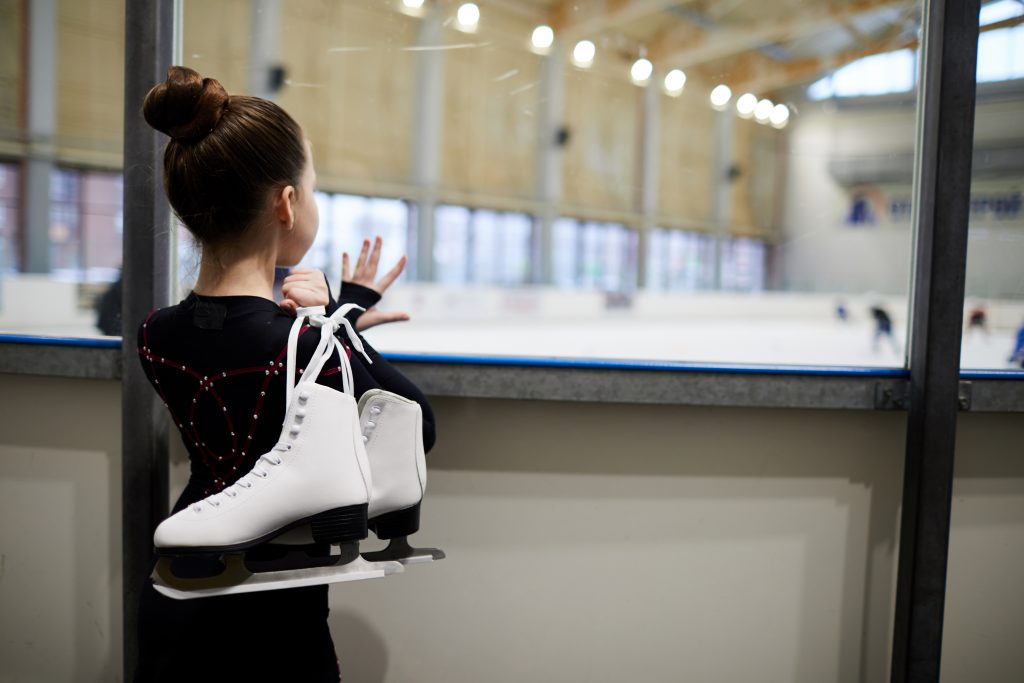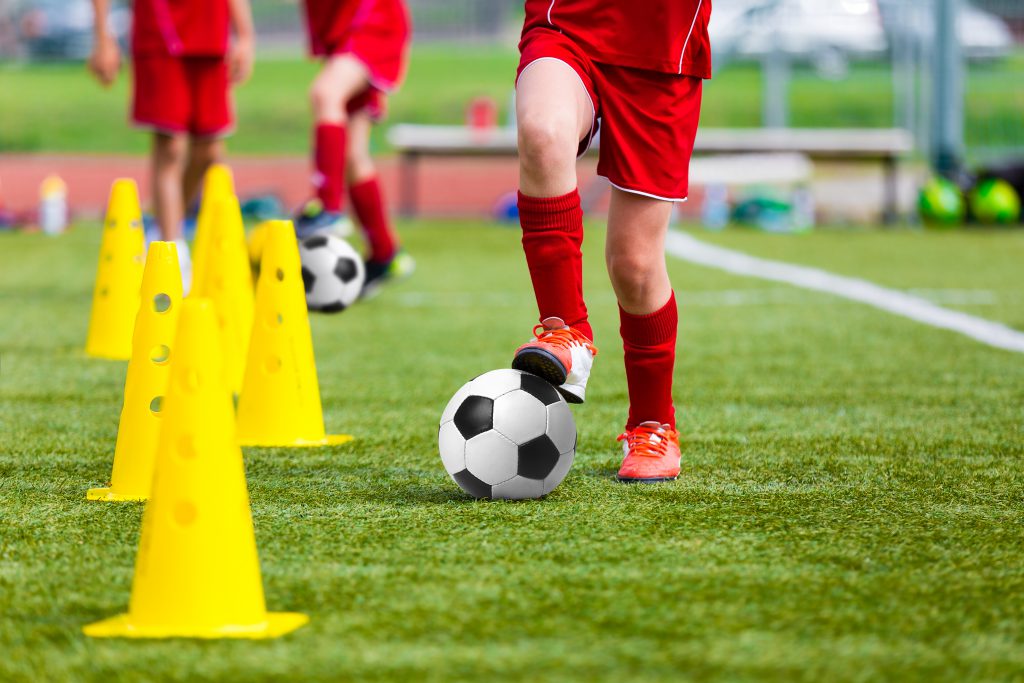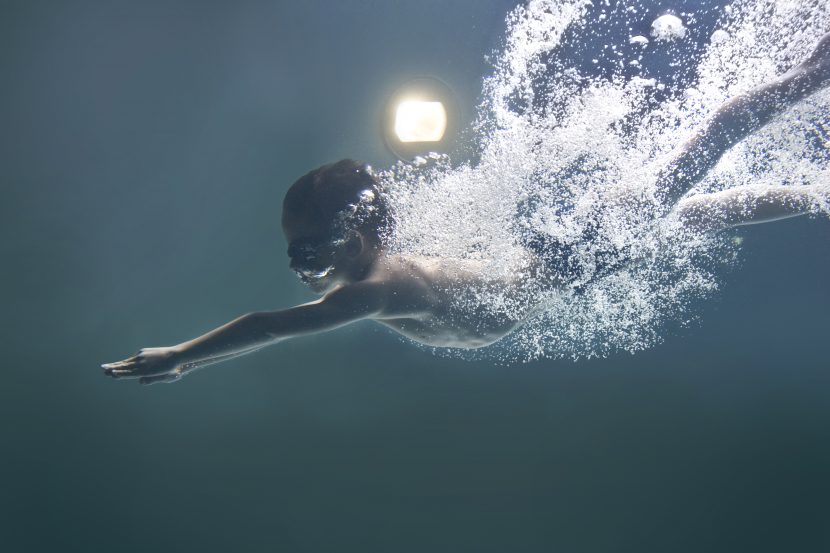At the landmark 2020 International Labour Organisation (ILO) Dialogue Forum on Decent Work in the World of Sport, member states emphasised the need for “special protection” for young athletes, given the intensity of their working environments. With limited consent, young athletes are frequently required to push themselves through extreme physical training, risking serious or chronic injury, poor mental health and loss of opportunity.
The importance of sport
Theoretically, sport provides children with environments that stimulate physical growth and psychological development. The Convention on the Rights of the Child (CRC) encourages education of all kinds which promotes the healthy development of a child’s mind, body and talent (Article 29, CRC). Sport also encourages children to participate in regular physical activity in a world increasingly saturated by unhealthy foods and sedentary lifestyles. Accordingly, national health authorities are rallying to use organised exercise as a weapon against rising child obesity (Demorest, 2004).
Aside from recreational sport, the growth in sports media and the professional sporting industry have created a sea of opportunities for young athletes (Demorest, 2004). Driven by wealthy sporting idols, children are partaking in intense, competitive organised sport at a younger age (Maffulli, 2011). This shift has seen sports morph from ‘play’ to ‘profession’, with an adult being the driving force of more regimented child training regimes (Jayanthi, 2013).
In this new environment, children are being pressured to develop athletic skills as a means to obtain financial success – a far cry from the carefree playgrounds of the past (Jayanthi, 2013). Furthermore, without adequate safeguards, children in sport risk falling victims of abuse, child trafficking, harassment and neglect. On one hand, the sporting industry entices young athletes with promises of fame and fortune. On the other, it exploits talented children for financial gain.
The last decade has seen an increase in girls’ participation in sport, the intensity and duration of child training and the difficulty of skills practiced (Sabato, 2016). In the United States of America alone, nearly 40 million children participate in organised sports annually; it is not uncommon for children as young as six to travel for competition and train over ten hours a week (Sabato, 2016). These hierarchical systems are designed to segregate young athletes by talent at the earliest age possible, allowing expert adults to identify and coach young talent (Sabato, 2016).
Despite the general benefit of exercise, it is imperative children are not subjected to any activity that does not infringe upon their best interests (Article 3, CRC). Children’s rights considerations must trump all other incentives to guard against youth exploitation (Farstad, n.d).
Physiological risks
Excessive exercise through organised sport is not without its risks. Though Article 24 of the CRC advocates children’s ‘enjoyment of the highest attainable standard of health’, adults within the sporting industry and child guardians often overlook the potentially harmful consequences of early organised sport (Farstad, n.d). Intense training can predispose child athletes to stunted growth or growing, overuse injuries and other maladies which may not manifest until later in a child’s life (Demorest, 2004). These are all a result of excessive pressure on children’s growing bodies.
Research has shown that young girls may be particularly susceptible to growth injuries due to anatomical factors: hormonal development, muscle strength and flexibility (Sabato, 2016). Research is still in its infancy but emerging evidence points to a variety of factors as predictors for child sporting injuries including age, level of play, physiological development, the volume of training and fatigue (Sabato, 2016).
These risks are exacerbated by a potential increase in eating disorders tied to sports-related stresses, such as pressure from spectators or judges in individual competitions. Estimates suggest that around 35% of figure skaters have eating disorders (Farstad, n.d). Social pressures in sport may push young boys toward putting on unnatural muscle and young girls toward remaining abnormally lean (Sabato, 2016).

One of the greatest risk factors young athletes are facing is their inability to understand the implications of intense training. This places children at the hands of their guardians and coaches, who themselves may not have a child’s best interests in mind. Children cannot be expected to comprehend the ways in which sport can affect their long-term physical health – regulators must do more to protect children against the excessive activity. In China, children as young as five years old are selected to attend specialised sporting schools. In the United States of America, figure skaters, as young as ten, practice for over three hours a day (Farstad, n.d).
Children are entitled to rest and leisure (Article 31, CRC). Extreme intensive exercise can be defined as child abuse as per the World Health Organisation’s statutes (Farstad, n.d). Scientific evidence supports this broad definition, a study of Swedish male and female soccer players showed a direct link between child sporting injury and adult injury reoccurrence, specifically related to osteoarthritis of the knees (Sabato, 2016). Legislators and administrative bodies must do more to safeguard children’s physical health in sport against all forms of physical violence, injury, abuse, neglect, maltreatment or exploitation (Article 19, CRC).
Psychological dangers
In its preamble, the Convention on the Rights of the Child cites the importance of a family environment to child development (CRC, 1989). Participation in competitive sport can take children away from these environments, either on a part-time basis via regular intense training or full-time as residents of sports schools and academies (Farstad, n.d). Overburdening sport environments prevent children from being able to partake in other childhood activities, such as socialising with friends, playing or resting (Farstad, n.d). The absence of these activities can infringe upon the healthy development of the child.
Psychological harm can also be imposed on children by sporting environments themselves. Guardians and coaches can often place excessive pressure on children to perform (Sabato, 2016). Where this isn’t the case, children still face risks of bullying in sport, emotional abuse at the hands of teammates and coaches and a general reduction in wellness tied to high-stress levels (Sabato, 2016).
If children manage to survive these obstacles unscathed, there remains a real risk of burnout from the consistency of psychological pressure to reach an elite sporting level (Sabato, 2016). Burnout has been shown to be linked to chronic emotional stressors and can be tied to perceptions of sporting ability and reactions to performance (Sabato, 2016).
The root of growing psychological pressure in sport is commercial. Elite child athletes are being pushed into adult situations and forced to mature and develop at an unnatural age to match the rapid growth of the sporting industry (Demorest, 2004).
Psychological pressures can also be imposed on a child. Guardians and coaches can feed negative self-perceptions and foster emotionally abusive relationships (Sabato, 2016). In the growing digital age, social media exposes children to wider criticism – with more success comes more publicity – and simultaneously removes the traditional ‘safe space’ of the home.
Ways forward
Emerging and existing research provides enough evidence for greater analysis of child athletes’ physical and mental well-being. It is now possible to codify and analyse known risk factors faced by young sportsmen and women, as well as to monitor children’s exposure to these risks.
New studies must take this one step further and seek to generate baseline data on the effectiveness of physical and mental harm prevention measures in sport (Sabato, 2016). This could include the use of technology to monitor physical health, mental training to boost self-esteem, protective sporting equipment and rules modifications, among other factors (Sabato, 2016).
Armed with better data and evidence of emerging best practices, administrators and legislators must move quickly to implement change in sport. The commercial success of the sporting industry is dependent on the children it exploits. The balance must always err in the child’s favour and towards the observance of full human rights.

Humanium strongly condemns the abuse of young athletes, and advocates for the right of the child to leisure and play. We are working to create a world where children can realise their full rights through raising awareness of such issues and working with local NGOs to create a change. If you want to contribute to our cause, consider making a donation, volunteering or becoming a member.
Written by Vanessa Cezarita Cordeiro
For more information:
European Union and Council of Europe joint project “Child Safeguarding in Sport” (CSiS)
UNICEF “Children before players”
International Safeguarding Children in Sport Working Group


